SOURCE: IDRW.ORG.
N8SI.JPG)
India’s Guided Pinaka missile system, developed by the Defence Research and Development Organisation (DRDO), has emerged as a highly cost-effective and precision-guided artillery weapon, with a unit cost of ?70 lakh. This positions it as a competitive alternative to similar global systems like the Guided Multiple Launch Rocket System (GMLRS) Unitary round developed by Lockheed Martin, which costs approximately ?1.2 crore per unit.
When compared to Lockheed Martin’s GMLRS Unitary, the Guided Pinaka proves to be a more cost-effective solution, with the unit price being approximately 60% lower. The GMLRS Unitary round, priced at around ?1.2 crore per unit, delivers precision strike capability with a 200-pound warhead and a range exceeding 70 kilometers. The cost differential becomes even more significant considering that the Guided Pinaka, priced at ?70 lakh per unit, offers the same range and mission capabilities, making it a formidable competitor in the market.
Continue readingSOURCE: RAUNAK KUNDE / NEWS BEAT / IDRW.ORG
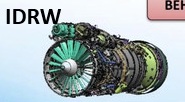
Russia has reportedly expressed interest in supplying an advanced turbofan engine for India’s ambitious 5.5gen Advanced Medium Combat Aircraft (AMCA) program. This offer includes a Transfer of Technology (ToT), aligning with India’s goal of boosting indigenous defence capabilities. The engine in question is the successor to the Klimov RD-33, which will incorporate fifth-generation technology from Russia’s AL-41F1S engine.
The next-generation engine, being developed by Russia’s ODK Klimov, promises key advancements tailored to meet the India’s AMCA requirements.
Continue readingSOURCE: RAUNAK KUNDE / NEWS BEAT / IDRW.ORG
Following the successful test of India’s Hypersonic Long-Range Anti-Ship Missile (LRAShM), the Defence Research and Development Organisation (DRDO) is shifting its focus to Project Dhvani, an ambitious program to develop Hypersonic Glide Vehicles (HGVs).
Based on the wave-rider configuration, this project aims to create a versatile and advanced hypersonic weapon system capable of evading sophisticated air defenses. DRDO is exploring three key HGV configurations: the Conical Body HGV, Winged Body HGV with delta wings, and Blended Body HGV. Each design brings unique strengths and challenges.
Continue readingSOURCE: RAUNAK KUNDE / NEWS BEAT / IDRW.ORG
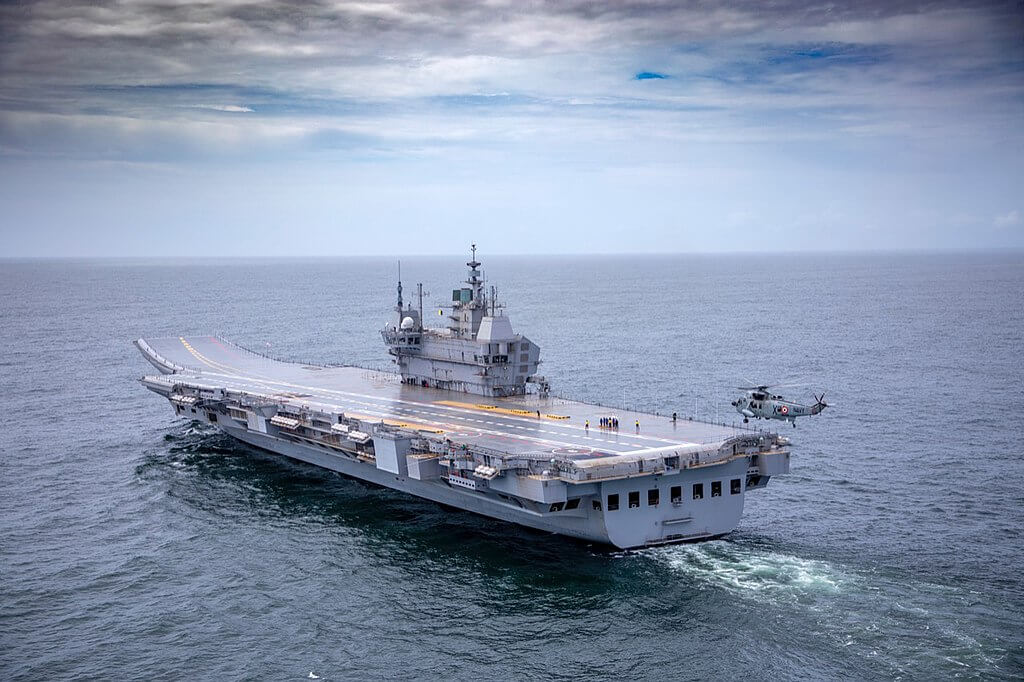
The Indian Navy, in collaboration with Cochin Shipyard Limited (CSL), is moving forward with plans to develop its second Indigenous Aircraft Carrier (IAC), following the successful induction of the INS Vikrant, the first indigenous aircraft carrier (IAC-1). The new carrier, which is still awaiting clearance from the Indian government, will build upon the lessons learned from the INS Vikrant while significantly increasing the indigenous content in its construction.
The INS Vikrant, which was commissioned into the Indian Navy in September 2022, was a major milestone for India’s naval ambitions. With an indigenous content of approximately 76%, the vessel set a precedent for future indigenously developed ships. However, the Indian Navy and CSL are now aiming for a significant improvement in the indigenous content of the second aircraft carrier. The goal is to increase the content to over 85%, with the ultimate aim of achieving 90% in stages, as part of the government’s “Make in India” initiative.
Continue readingSOURCE: IDRW.ORG.
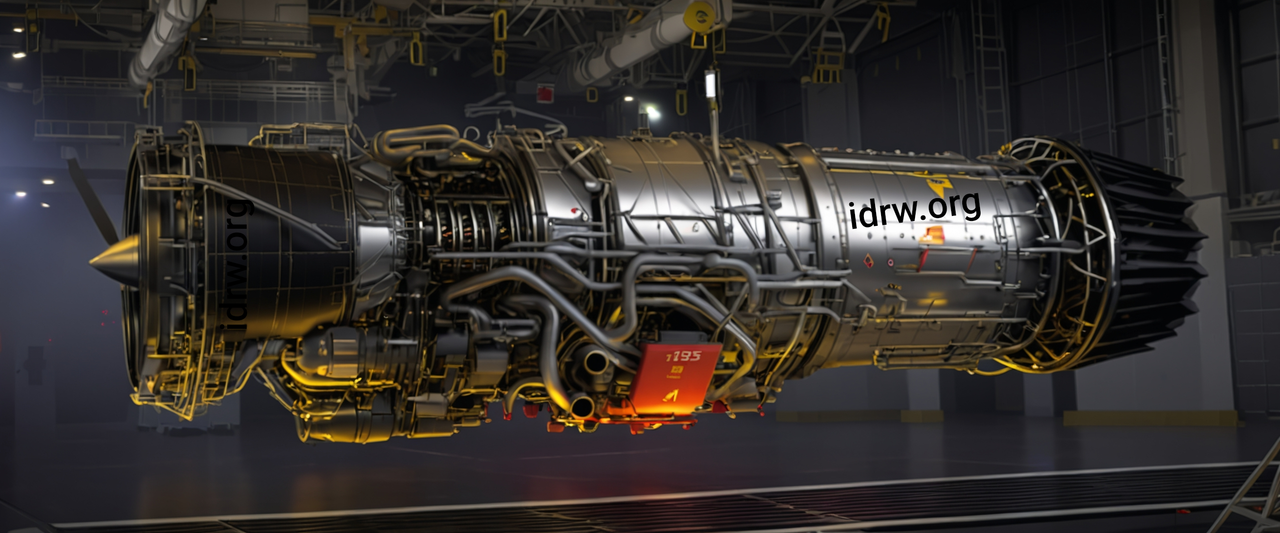
The second India-UK 2+2 Foreign and Defence Dialogue concluded today in New Delhi, fostering closer ties between the two nations. The meeting was co-chaired by Indian officials Piyush Srivastava and Vishwesh Negi, alongside their UK counterparts Ben Mellor and Shimon Fhima. Among the significant developments, the UK expressed strong support for Rolls Royce’s proposal to collaborate with India’s Gas Turbine Research Establishment (GTRE) on developing a 6th-generation jet engine for India’s Advanced Medium Combat Aircraft (AMCA) program.
India’s ambitious AMCA project, a 5.5-generation stealth fighter jet program, requires a 110kN class engine to meet its performance and stealth requirements. Rolls Royce, renowned for its expertise in aviation propulsion systems, seeks to co-develop this next-generation engine, enhancing India’s defense manufacturing capabilities under the “Make in India” initiative. The proposed collaboration aligns with India’s search for an international partner to support its indigenous technological advancements.
Continue readingSOURCE: IDRW.ORG.

The Indian Navy is set to rely on its MiG-29K fleet as the primary carrier-based fighter aircraft until the Twin Engine Deck-Based Fighter (TEDBF) enters service around 2035. This decision highlights the Navy’s approach to maintaining operational readiness while bridging the gap to the future generation of indigenous carrier-based fighter aircraft.
The MiG-29K, a naval variant of the Russian-origin MiG-29, serves as the backbone of the Indian Navy’s air wing. Operating from INS Vikramaditya and the newly commissioned INS Vikrant, these aircraft are crucial for fleet defense, air superiority, and strike missions. Despite facing criticism over maintenance issues and reliability concerns, the Navy has undertaken several measures to enhance the fleet’s availability and performance.
Continue readingSOURCE: RAUNAK KUNDE / NEWS BEAT / IDRW.ORG

A senior official from GE Aerospace India, speaking to idrw.org on condition of anonymity, has shed light on the complexities surrounding the co-development of a next-generation jet engine for India’s Advanced Medium Combat Aircraft (AMCA) program. The official clarified that while the Defence Research and Development Organisation (DRDO) has expressed a desire for a 6th-generation engine, such an achievement would likely require the incorporation of adaptive cycle engine technology, exemplified by GE’s cutting-edge XA100 engine currently in advanced testing.
The XA100 adaptive cycle engine, a key element of the U.S. Air Force’s Next Generational Adaptive Propulsion (NGAP) initiative, represents a significant leap in propulsion technology. Adaptive cycle engines are designed to deliver unprecedented efficiency, offering up to 30% greater range and superior thermal management compared to conventional engines, alongside 20% better acceleration. GE is among a select group of companies to have completed the fourth series of testing on this revolutionary engine, positioning it at the forefront of jet engine innovation.
Continue readingSOURCE: RAUNAK KUNDE / NEWS BEAT / IDRW.ORG
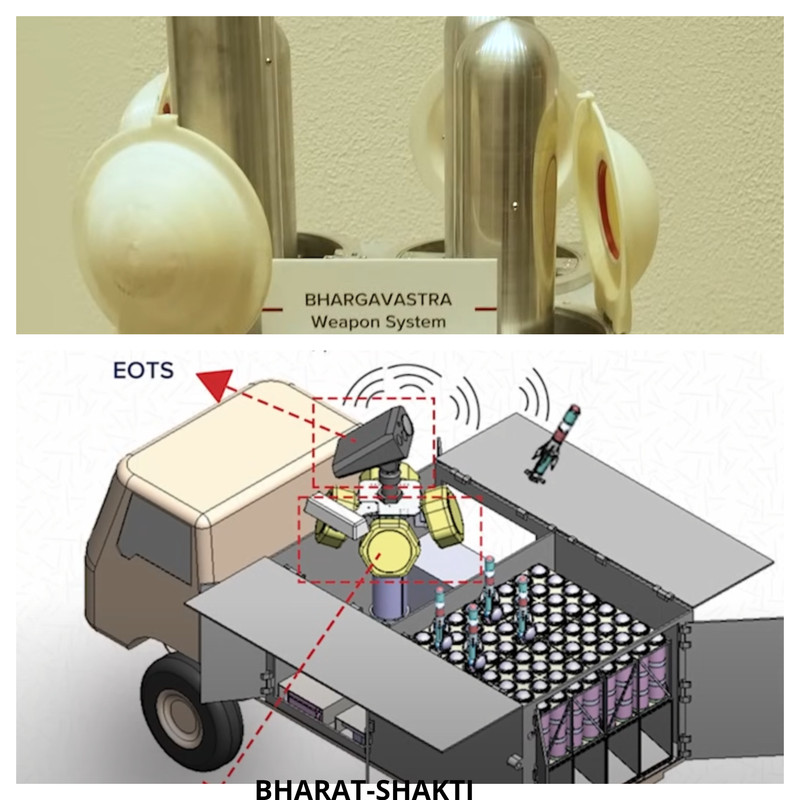
The Bhargavastra Vehicle Mounted Counter Swarm Drone System (VMCSDS), developed by the Solar Group, is undergoing significant refinement to meet the Indian Army’s evolving requirements. This advanced system has been under development for several years, with Solar Group actively responding to user specifications and requests for proposals (RFPs) as part of its iterative design and development process.
While the system remains in its pre-production stages, the Solar Group is optimistic about its progress. “We have been developing this product for the last couple of years and are working on fine-tuning the specifications based on user requirements. Once the RFP is finalized and orders are received, we will proceed with production. However, this is a long-term project that could take one to two years to materialize fully,” a company representative stated.
Continue readingSOURCE: RAUNAK KUNDE / NEWS BEAT / IDRW.ORG

After achieving notable successes with supply orders to Mauritius and Myanmar, Goa Shipyard Limited (GSL), a prominent Defence Public Sector Undertaking (DPSU), is now targeting the Latin American market to expand its export footprint. GSL is focusing on securing orders for patrol vessels and fast attack craft from countries such as Brazil and Chile, according to top sources.
To penetrate this emerging market, GSL has set up a dedicated team to engage with potential clients in Latin America. The team’s primary objective is to understand regional requirements, establish partnerships, and align the shipyard’s offerings to meet the operational needs of Latin American navies and coastguards.
Continue readingSOURCE: IDRW.ORG.
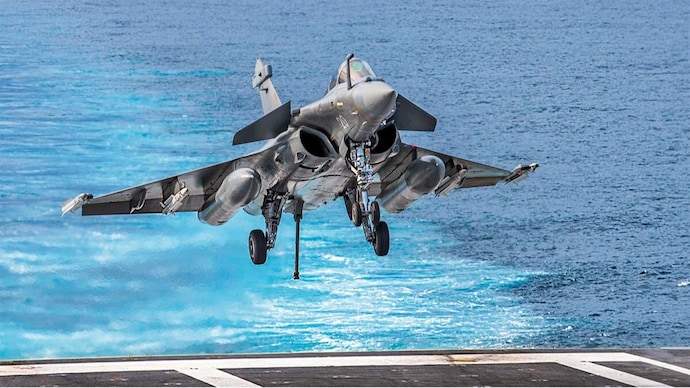
In a significant development for India’s naval aviation, Dassault Aviation has agreed to demonstrate technological upgrades in the Rafale M (Marine variant) within 18 months of the anticipated signing of the deal, expected next month. The deal will provide the Indian Navy with state-of-the-art fighter jets to operate from its aircraft carriers, enhancing its maritime capabilities.
The Indian Air Force (IAF) and Indian Navy will benefit from the commonality between the Rafale variants already in service and the incoming Rafale-M units. Both the Rafale-M and the IAF’s Rafales are equipped with advanced systems and weaponry, ensuring interoperability and logistical efficiency.
Continue readingSOURCE: IDRW.ORG.
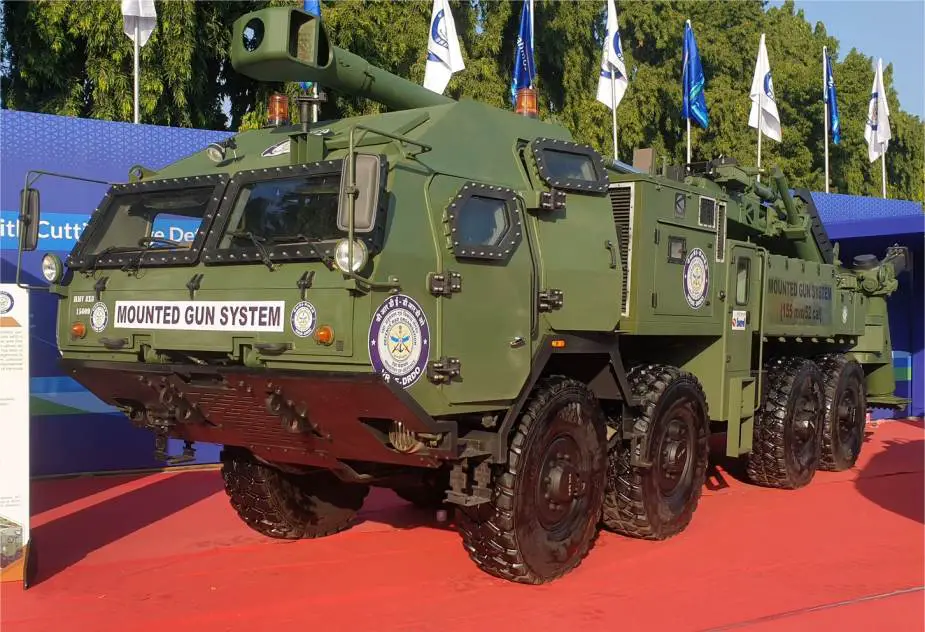
The Indian Army is set to procure around 800 Mounted Gun Systems (MGS), reinforcing its artillery capabilities with high-mobility, self-propelled howitzers. These MGS units are specifically designed for enhanced battlefield mobility and firepower, crucial for modern warfare. The Army’s move to integrate these systems is partly driven by the changing dynamics of warfare, particularly in the aftermath of the Ukraine-Russia war, where traditional towed artillery has been vulnerable to drone attacks.
Despite these advancements, the Indian Army’s artillery modernization strategy remains multifaceted, as it continues to pursue both Mounted Gun Systems and Towed Gun Systems (TGS). The Army is working on procuring 1400 TGS units in multiple phases, underlining the continued relevance of towed artillery for specific operational needs.
Continue readingSOURCE: RAUNAK KUNDE / NEWS BEAT / IDRW.ORG

For decades, the Indian Air Force (IAF) has maintained that its sanctioned strength of 42 fighter squadrons is essential to address the challenges of a two-front war scenario with China and Pakistan. However, in reality, the IAF is struggling to maintain even a 30-squadron fleet, far short of its desired capability.
In a conversation with idrw.org, an IAF official emphasized that instead of revising the 42-squadron benchmark downward—despite arguments about modern jets being more capable than their predecessors—the IAF needs to plan for an even larger force structure. The reasoning lies in the evolving nature of warfare, where modern air defence systems, long-range standoff weapons, and aerial threats necessitate a significant rethinking of force requirements.
Continue readingSOURCE: RAUNAK KUNDE / NEWS BEAT / IDRW.ORG
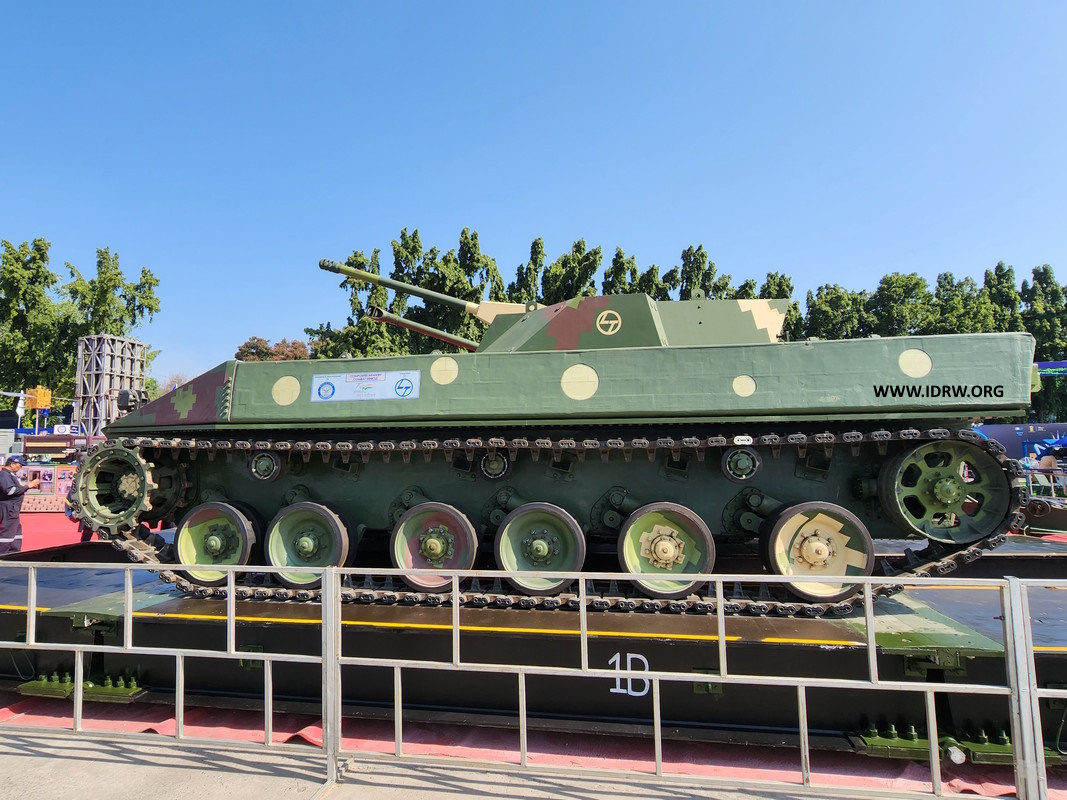
Arun T. Ramchandani, Senior Vice President of L&T’s Precision Engineering & Systems IC, has confirmed that L&T has made significant progress in developing an indigenous Futuristic Infantry Combat Vehicle (FICV) platform. This platform is part of the Indian Army’s ambitious modernization program aimed at replacing the ageing fleet of Russian BMP-II vehicles. Worth over ?40,000 crore, the FICV program is one of the largest undertakings by the Indian Army, with a requirement for 1,700 advanced FICVs.
Ramchandani stated that L&T’s FICV design is undergoing upgrades to meet the latest specifications in the Army’s Request for Proposal (RFP). With their strong track record in defence technology and engineering, L&T’s FICV could be a key contender in fulfilling the Army’s critical requirements.
Continue readingSOURCE: RAUNAK KUNDE / NEWS BEAT / IDRW.ORG
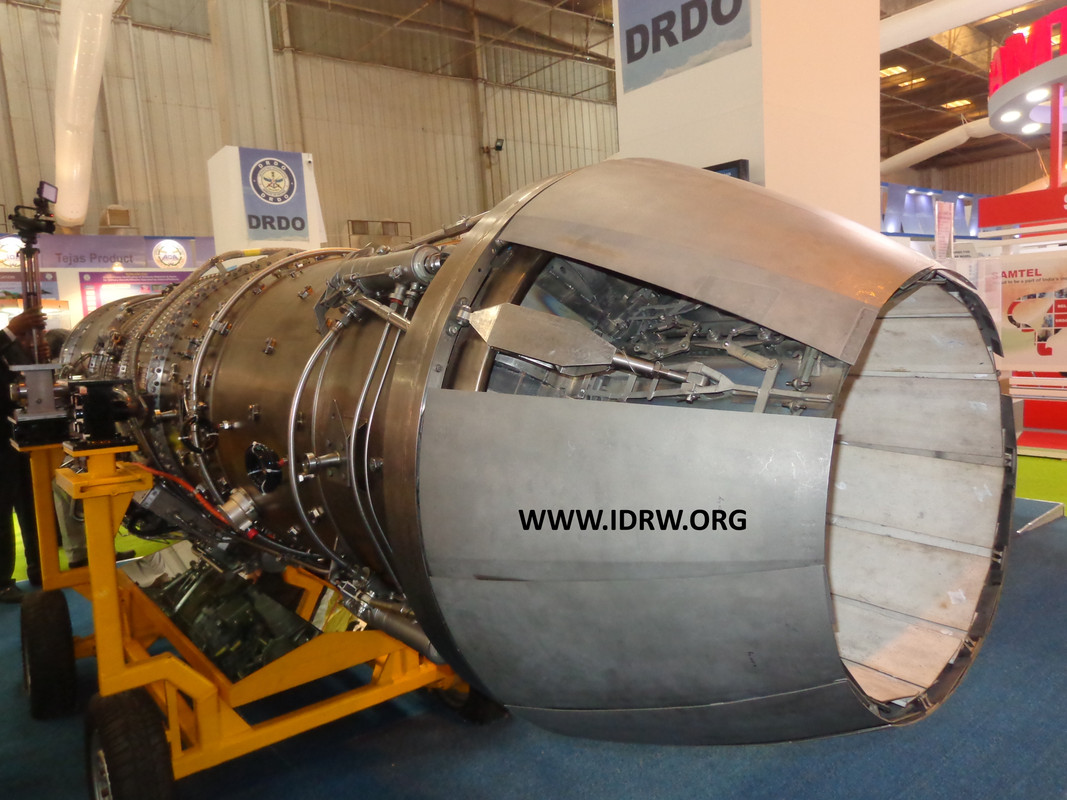
India’s Gas Turbine Research Establishment (GTRE) has taken a significant step forward in its Kaveri engine program, initiating procurement of critical materials for a demonstration of the Dry Kaveri engine mated with an advanced afterburner section. This effort aims to demonstrate a fully functional engine capable of generating up to 80 kN of thrust, marking a considerable increase from previous test results and positioning the engine as a potential power plant for both indigenous and foreign aircraft platforms.
The Dry Kaveri engine, initially targeted to produce around 46 kN of thrust, has recently achieved up to 49-50 kN in ground trials. With the integration of a new afterburner section, GTRE expects the engine to produce 80 kN of thrust, an increase from the 73 kN it achieved in earlier demonstrations. This performance upgrade is vital to fulfilling the operational requirements of modern fighter jets, including the possibility of powering India’s indigenous platforms like the Tejas Mk1A in single-engine configurations.
Continue readingSOURCE: IDRW.ORG

The Indian Navy is preparing to enhance its amphibious capabilities by acquiring a new fleet of Landing Platform Docks (LPDs). A decision on whether to opt for an entirely indigenous design or to collaborate with foreign partners for the project is expected soon. These versatile platforms are envisioned to serve not only as key assets for amphibious operations but also as command centers for various military and humanitarian missions.
In 2021, the Ministry of Defence (MoD) issued a Request for Information (RFI) for procuring four LPDs for the Navy. The RFI limits participation to Indian shipyards, allowing them to partner with foreign entities for designs and technical expertise. The project is an essential part of the Navy’s modernization efforts to meet its operational requirements in amphibious warfare, disaster relief, and unmanned platform deployment.
Continue reading